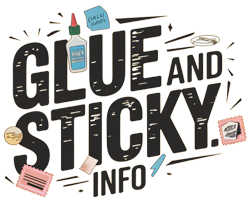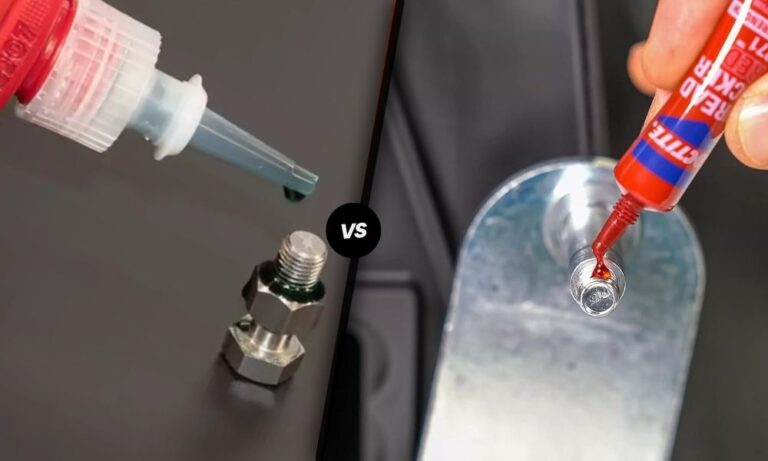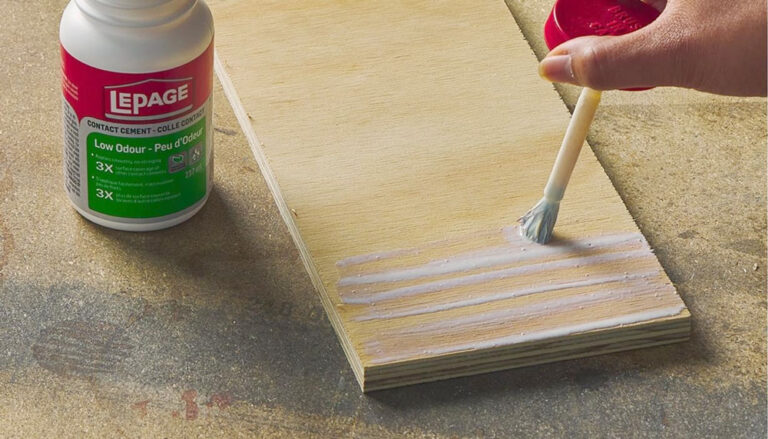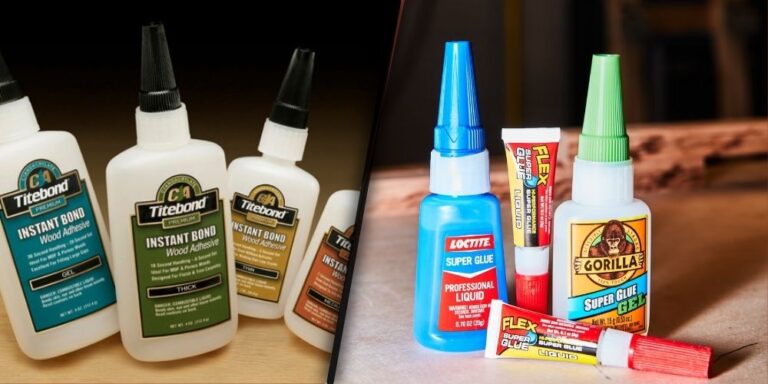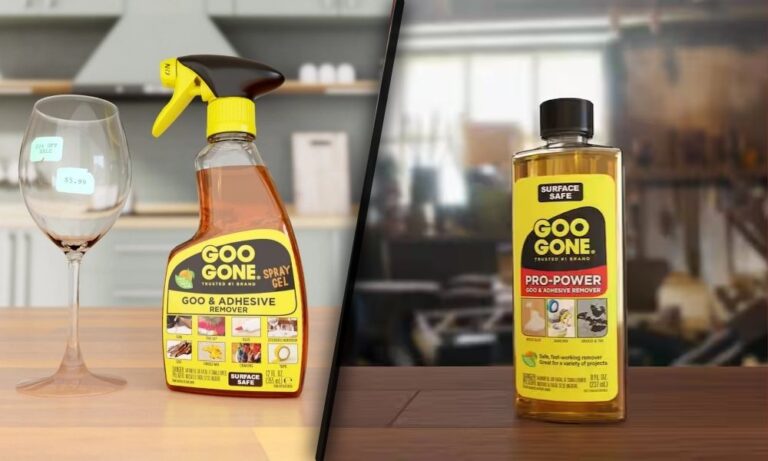Shoe Goo vs Shoe Goo 2: Product Comparison Guide
Shoe Repair Glues Overview
When it comes to repairing shoes, there are a variety of glue options available, each with its own set of benefits. Understanding the different types of adhesives can help in selecting the right one for specific needs.
Understanding Different Glue Options
Shoe Goo: Shoe Goo is a popular choice for repairing footwear due to its versatility and effectiveness. It dries clear and remains flexible after curing, making it ideal for fixing detached soles, broken heels, and other damages. It’s designed for materials like leather, rubber, vinyl, and canvas.
| Feature | Shoe Goo |
|---|---|
| Drying Time | Quick |
| Flexibility | High |
| Transparency | Clear |
| Ideal Materials | Leather, Rubber, Vinyl, Canvas |
Gorilla Glue: Known for its strength and durability, Gorilla Glue works on a variety of surfaces, including wood, metal, and more. It’s water-resistant and forms a strong bond, but it may not be as flexible as Shoe Goo, which is critical for shoe repairs.
Shoe-Fix Shoe Glue: This adhesive is specifically designed for repairing shoes, providing a strong, clear, and flexible bond. It’s quick-drying, making it a good alternative for urgent repairs.
Gear Aid Shoe Repair: Gear Aid is notorious for repairing outdoor gear, including footwear. It’s waterproof and flexible, making it great for hiking boots and other outdoor shoes.
Kiwi Sure Steps: This adhesive is made to provide non-slip protection to shoes. While it’s not primarily for repairs, it can be used for adding grip to soles and preventing wear.
To compare these shoe glues more easily, the table below highlights key features:
| Glue Type | Drying Time | Flexibility | Transparency | Ideal Use |
|---|---|---|---|---|
| Shoe Goo | Quick | High | Clear | Detached soles, Heels |
| Gorilla Glue | Moderate | Moderate | Opaque | General repairs |
| Shoe-Fix Shoe Glue | Quick | High | Clear | Quick shoe fixes |
| Gear Aid | Moderate | High | Opaque | Outdoor footwear |
| Kiwi Sure Steps | Quick | High | Clear | Grip enhancement |
Understanding the various types of glues for shoe repairs can ensure the best results for prolonging the life of footwear.
Popular Shoe Repair Glues
Selecting the appropriate glue for shoe repair is essential to ensuring durability and performance. Here, we review some of the most popular choices for fixing various types of footwear.
Shoe Goo
Shoe Goo is a renowned option for shoe repair. This glue is specifically formulated for footwear, making it effective for fixing detached soles, broken heels, and other common shoe issues. It dries clear and remains flexible, accommodating the natural movements of the shoe.
Key features of Shoe Goo:
- Dries clear
- Remains flexible
- Suitable for urgent repairs
For premium performance and a low odor, consider Shoe Goo II. This variant has less than 3% VOCs, making it more environmentally friendly. It’s ideal for areas requiring more flexibility and extreme durability.
Gorilla Glue
Gorilla Glue is widely recommended for DIY shoe repair. Known for its waterproof and temperature-resistant properties, it works well on harder shoe materials like wood and metal. This glue also dries clear, offering a neat finish.
Key features of Gorilla Glue:
- Waterproof
- Temperature-resistant
- Suitable for hard materials
Shoe-Fix Shoe Glue
Shoe-Fix Shoe Glue is another excellent choice, particularly for those seeking quick-drying and weatherproof solutions. This glue is specially designed for shoe repair and is known for its strong and flexible bond, making it perfect for various shoe materials.
Key features of Shoe-Fix Shoe Glue:
- Quick-drying
- Weatherproof
- Strong and flexible
Gear Aid Shoe Repair
Gear Aid Shoe Repair is a heavy-duty adhesive suitable for significant structural repairs. It’s particularly effective for reattaching soles or toe caps on work boots, athletic shoes, and hiking boots. This glue offers a good balance of thickness for controlled application.
Key features of Gear Aid Shoe Repair:
- Heavy-duty
- Ideal for structural repairs
- Suitable for various types of boots
Kiwi Sure Steps
Kiwi Sure Steps is unique in its function, offering an adhesive attachment that prevents slipping on slick surfaces. It’s particularly beneficial for extending the lifespan of soles on dress shoes, which are prone to traction issues and cracking.
Key features of Kiwi Sure Steps:
- Prevents slipping
- Extends the lifespan of soles
- Ideal for dress shoes
For more specific use cases and detailed comparisons, explore our articles on most common types of adhesives and what is the strongest glue.
Shoe Goo vs. Shoe Goo II Comparison
When considering Shoe Goo vs. Shoe Goo II, it’s essential to understand the features and performance of each product. We’ll explore the characteristics of both products, along with a comparison of their drying times.
Shoe Goo Features
Shoe Goo is a versatile adhesive designed for repairing shoes. It offers excellent bonding properties and is known for its durability. Key features of Shoe Goo include:
- Bonding Strength: Provides strong adhesion suitable for various shoe materials, including leather, rubber, and fabric.
- Flexibility: Retains flexibility after curing, which is essential for footwear repairs.
- Durability: Resistant to abrasion, making it ideal for high-wear areas.
- Water Resistance: Offers moderate water resistance, suitable for everyday use but not ideal for extreme wet conditions.
- Drying Time: Typically cures within 24 to 48 hours, depending on the application thickness.
Shoe Goo II Features
Shoe Goo II is an advanced formula designed to offer enhanced performance compared to the original Shoe Goo. Its features include:
- Superior Flexibility: Provides extreme flexibility, making it ideal for repairs on areas that require more movement.
- All-Weather Performance: Enhanced UV and water resistance, making it suitable for outdoor and athletic footwear.
- Environmental Friendliness: Contains less than 3% VOCs, offering a low-odor formula that is more environmentally friendly.
- Thinner Viscosity: Allows for a longer working time and better spreadability before it skins over.
- Drying Time: Takes longer to dry compared to the original Shoe Goo, with a full cure time of up to 24 hours.
Drying Time Comparison
The drying time of Shoe Goo and Shoe Goo II is an important factor to consider:
| Product | Initial Set Time | Full Cure Time |
|---|---|---|
| Shoe Goo | 24 hours | 24-48 hours |
| Shoe Goo II | 6 hours | Up to 24 hours |
For more information on various adhesives and how they compare, check out our comparison guides on liquid nails vs. loctite and mod podge vs. elmers.
Shoe Goo II Benefits
Shoe Goo II brings a host of improvements over its predecessor, addressing various concerns such as flexibility, performance under different weather conditions, and environmental impact.
Enhanced Flexibility
Shoe Goo II is designed with superior flexibility, making it ideal for repairs on athletic footwear and other shoes that require frequent bending and stretching. This enhanced flexibility ensures that the adhesive remains intact even when subjected to rigorous movement, a common necessity for sports shoes and outdoor boots.
| Feature | Shoe Goo | Shoe Goo II |
|---|---|---|
| Flexibility | Standard | Superior |
All-Weather Performance
One of the standout features of Shoe Goo II is its excellent all-weather performance. It offers exceptional water resistance and UV resistance, making it perfect for shoes exposed to diverse weather conditions. Whether it’s rain or shine, Shoe Goo II maintains its adhesive properties, ensuring the longevity of your repaired footwear.
| Feature | Shoe Goo | Shoe Goo II |
|---|---|---|
| Water Resistance | Good | Excellent |
| UV Resistance | Basic | Superior |
Environmental Friendliness
Shoe Goo II is also a more environmentally friendly option compared to the original Shoe Goo. It was released as a low-odor solution, reducing the unpleasant odor commonly associated with adhesives without compromising on performance. This makes it a safer choice for those who are sensitive to strong smells or are concerned about the environmental impact of their products.
| Feature | Shoe Goo | Shoe Goo II |
|---|---|---|
| Odor | Standard | Low-Odor |
Shoe Goo Application Tips
When using Shoe Goo or Shoe Goo II for shoe repairs, it’s essential to follow specific guidelines to achieve optimal results. Here are some tips for applying these adhesives effectively.
Ideal Temperature Range
The ideal application temperature range for Shoe Goo II is between 50 to 95 ºF (10 to 35 ºC). Applying the adhesive within this range ensures proper viscosity and adhesion. Once fully cured, Shoe Goo II can withstand temperatures from -40 to 200 ºF (-40 to 93 ºC) intermittently, making it a versatile option for various climates and conditions.
| Adhesive | Application Temperature Range (ºF) | Application Temperature Range (ºC) |
|---|---|---|
| Shoe Goo II | 50 to 95 | 10 to 35 |
Adhesion to Different Materials
Shoe Goo and Shoe Goo II have excellent adhesion to a variety of materials, enhancing their versatility for different shoe repairs. Shoe Goo II adheres well to:
- Leather
- Canvas
- Suede
- Rubber
- Fabric
- Vinyl
Both products are highly effective for bonding these materials, making them perfect for repairing different types of shoes. For tips on how to use Shoe Goo.
Cure Time Guidance
The cure time for Shoe Goo II varies depending on the materials being bonded and the ambient temperature. It generally takes 24-48 hours for a full cure, with maximum bond strength potentially taking up to 3 days.
| Adhesive | Initial Cure Time | Full Cure Time | Maximum Bond Strength Time |
|---|---|---|---|
| Shoe Goo II | 24-48 hours | 24-48 hours | Up to 3 days |
For better results, ensure the adhesive is allowed to cure in a well-ventilated area within the specified temperature range. Patience during the curing process ensures a secure and long-lasting repair, avoiding the need for repeated applications.
By following these application tips, users can maximize the effectiveness of Shoe Goo and Shoe Goo II for their shoe repair needs.
Customer Satisfaction and Reviews
Positive Feedback on Shoe Goo
Customers express high satisfaction with the performance of Shoe Goo. Many reviews highlight the adhesive’s strong bonding capabilities and versatility. Here’s a breakdown of the most common praises:
- Functionality: Users find that Shoe Goo works great for various applications, not limited to just footwear repairs. The adhesive is praised for its tenacious hold, making it well worth the investment (Amazon).
- Quality and Durability: The glue firms up nicely and creates a flexible layer of adhesive. This quality makes it ideal for reinforcing RC car bodies and repairing various shoe types like boat shoes, Teva sandals, and sneakers.
- Overall Satisfaction: Many customers mention how incredible Shoe Goo is for sport and tennis shoes, neoprene chest waders, and other fixes that require a strong but flexible hold. The adhesive has successfully repaired multiple pairs of work boots for some users.
User Experience with the Glue Products
The user experience with Shoe Goo and similar products is predominantly positive. Here is what customers report about their experiences with these glue products:
- Multipurpose Use: The adhesive is not just limited to shoe repairs. Users have successfully applied it to foam airplanes and other household items needing a reliable bond.
- Ease of Application: Customers appreciate how easily the glue can be applied and its quick bonding time. It is noted to work well for gluing soles back onto shoes, making it a versatile tool in household repairs (Amazon).
- Strong Adhesive: Many buyers highlight the adhesive strength of Shoe Goo, describing it as a must-have for flexible and durable repairs. The glue effectively bonds surfaces together, providing long-lasting results.
| Feature | Shoe Goo Feedback |
|---|---|
| Functionality | Works great for shoe repairs and more |
| Quality | Firms up nicely, versatile |
| Durability | Strong, flexible, long-lasting hold |
| Application | Easy to use, quick bonding |
Positive feedback and user experiences demonstrate that Shoe Goo and similar products are reliable choices for those seeking robust, flexible adhesives. If you’re exploring other glue options, check out our comparison of Weldbond vs. Gorilla.
